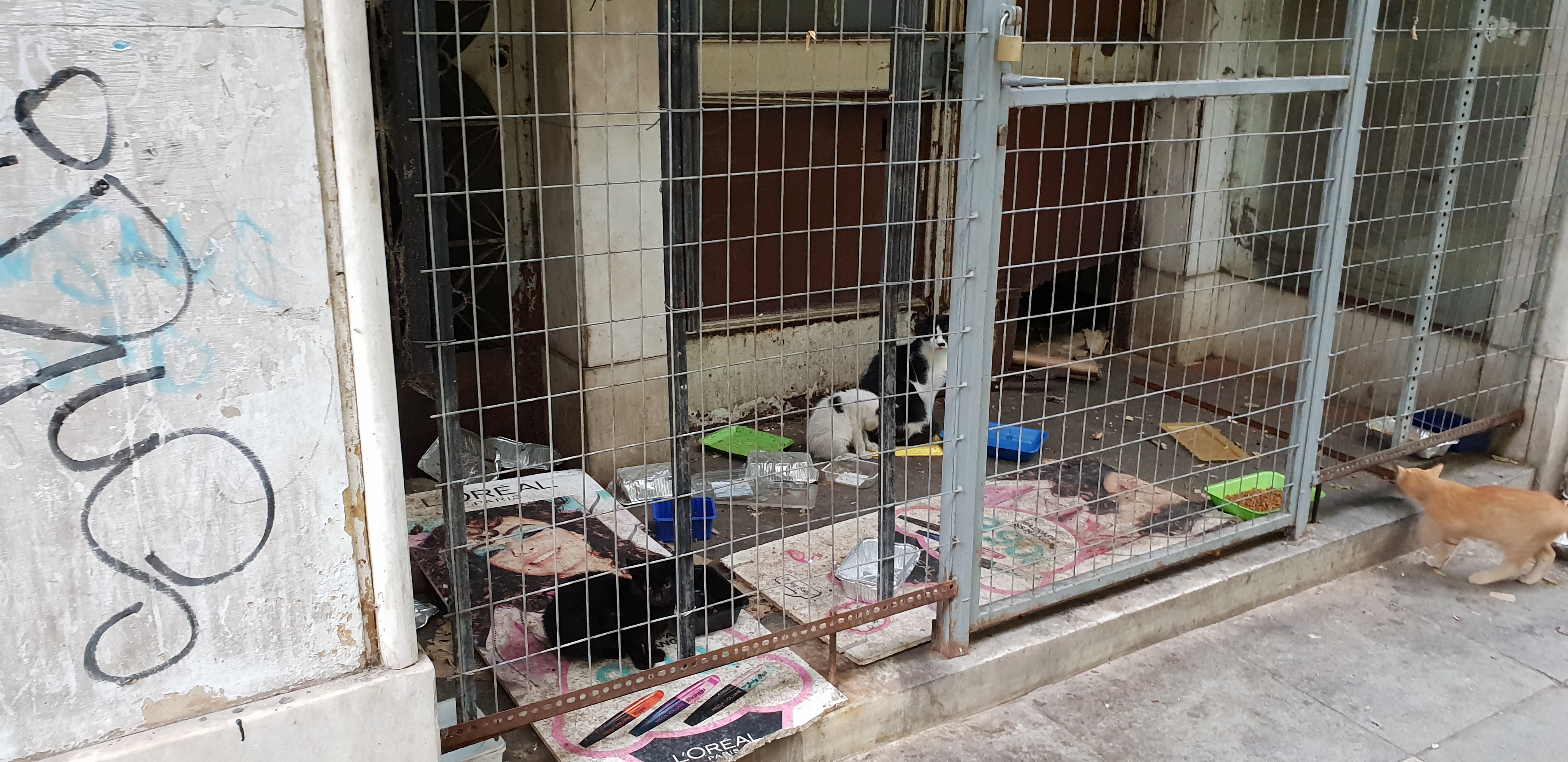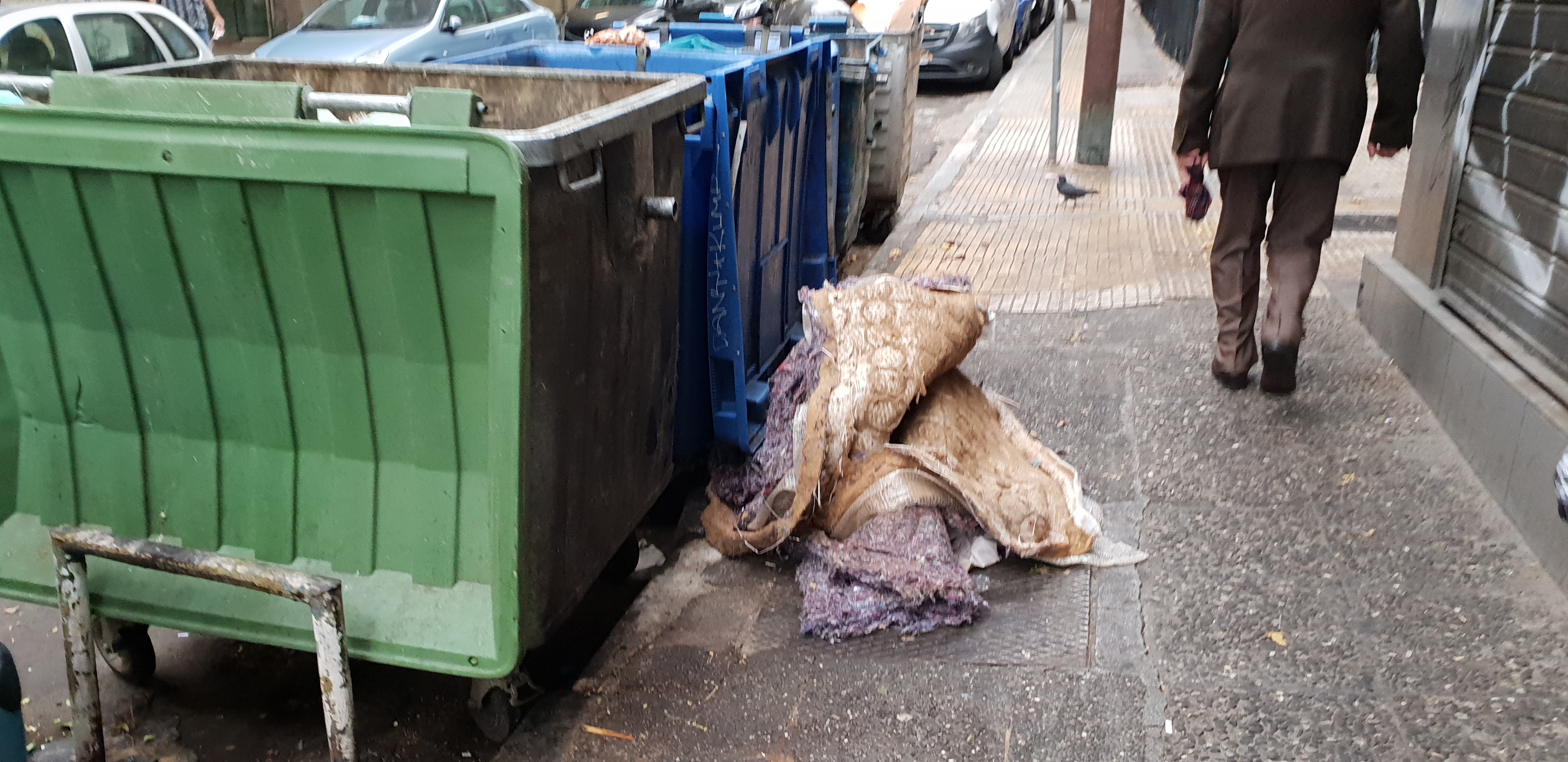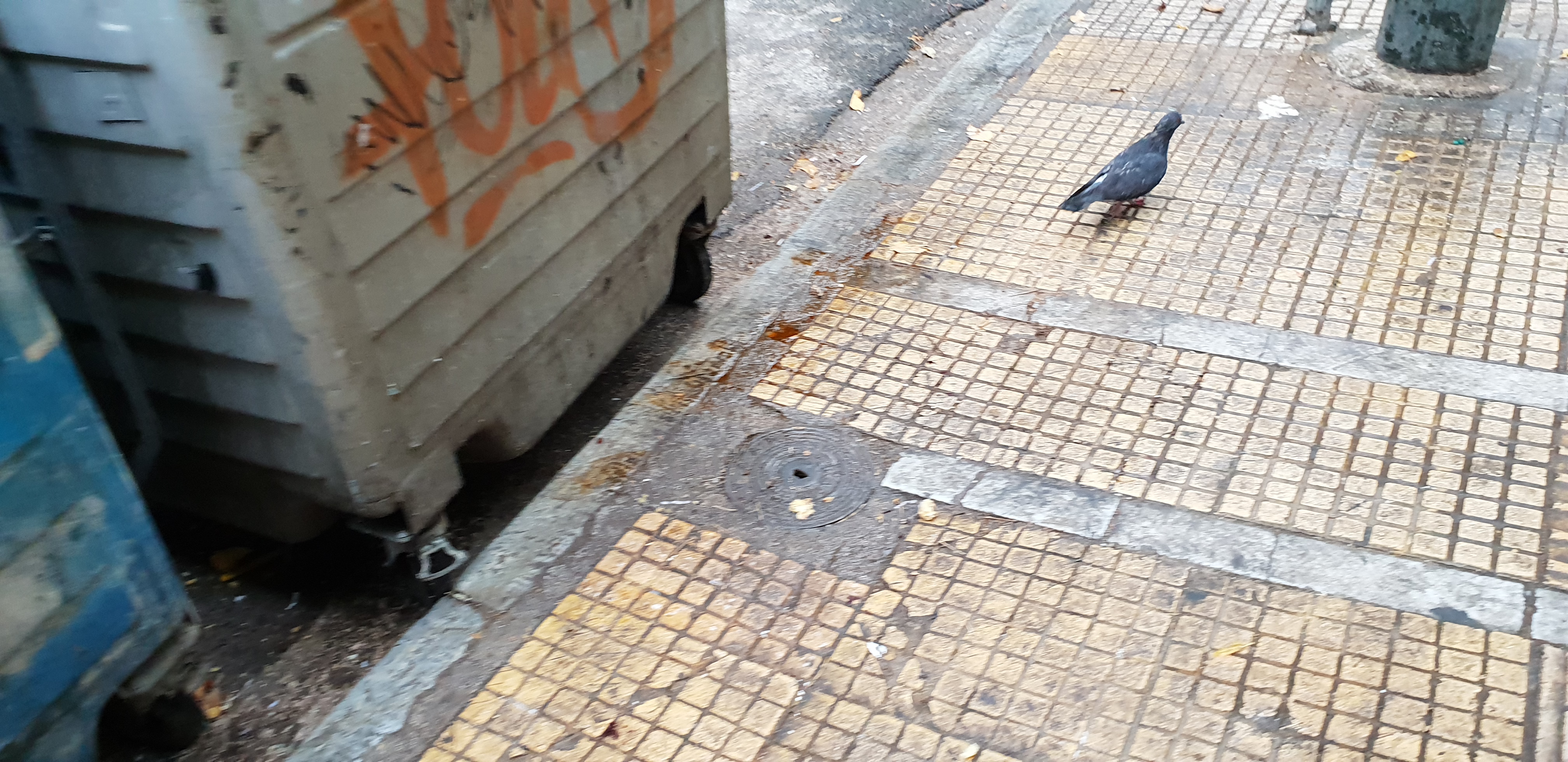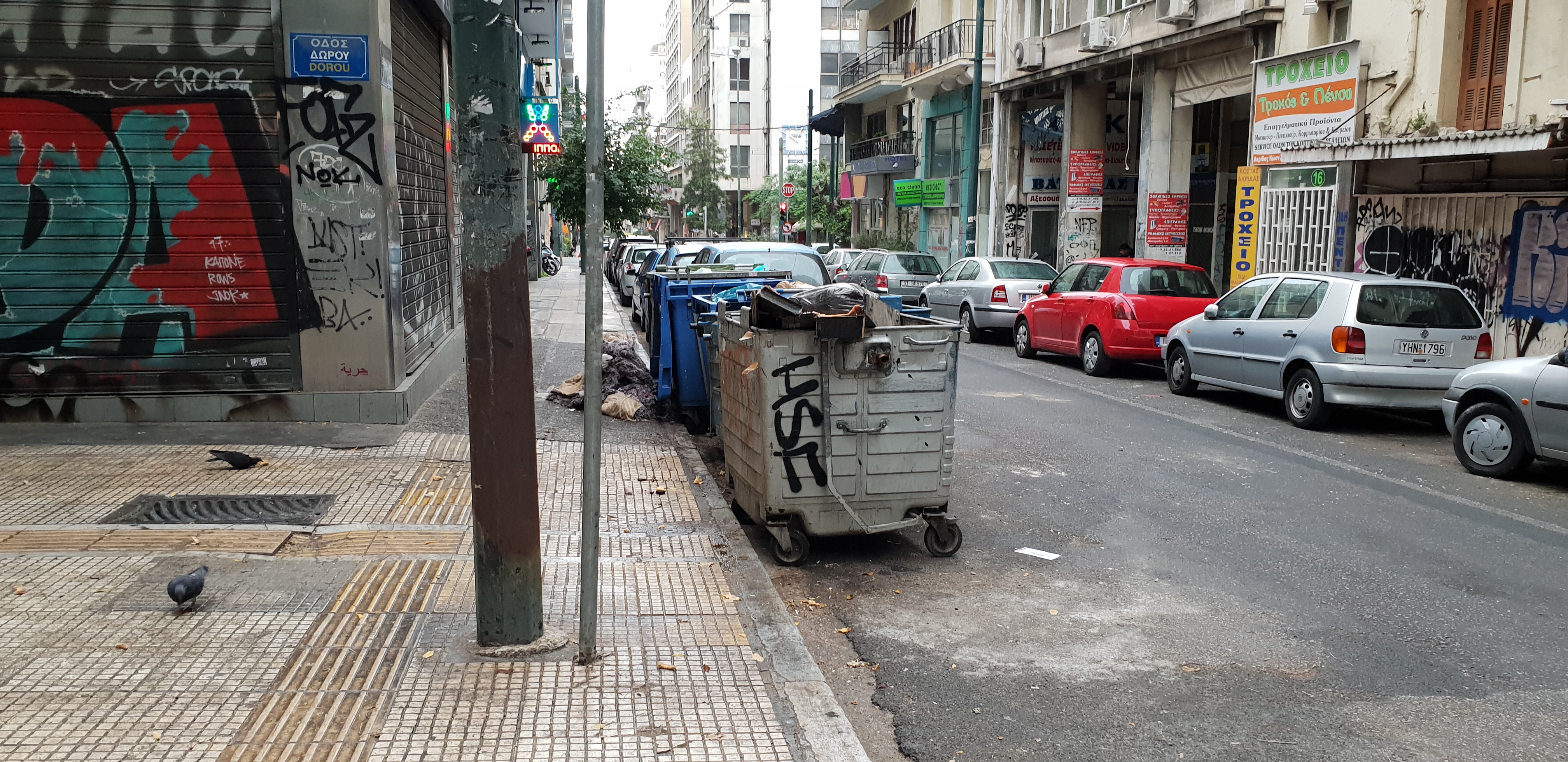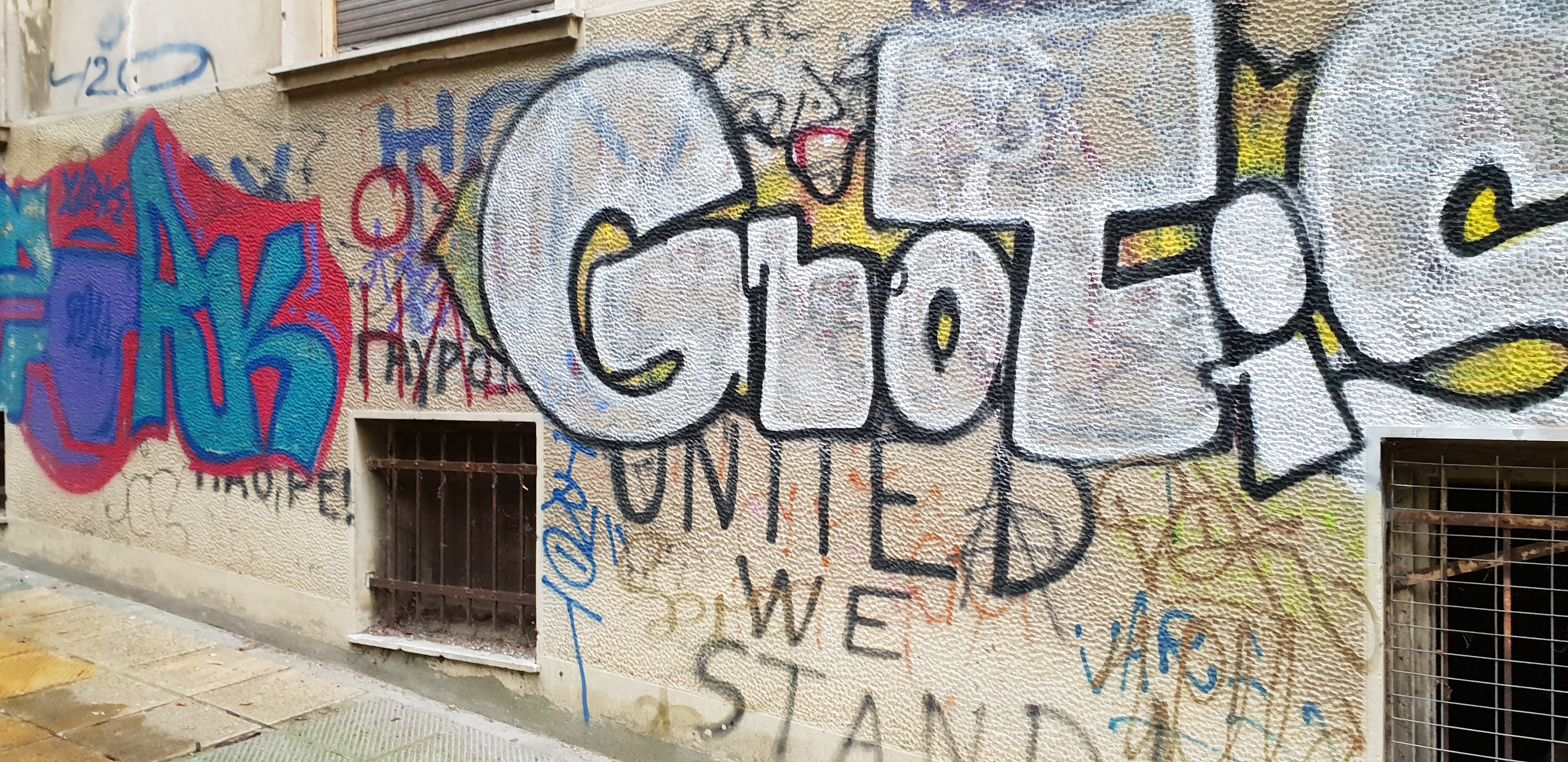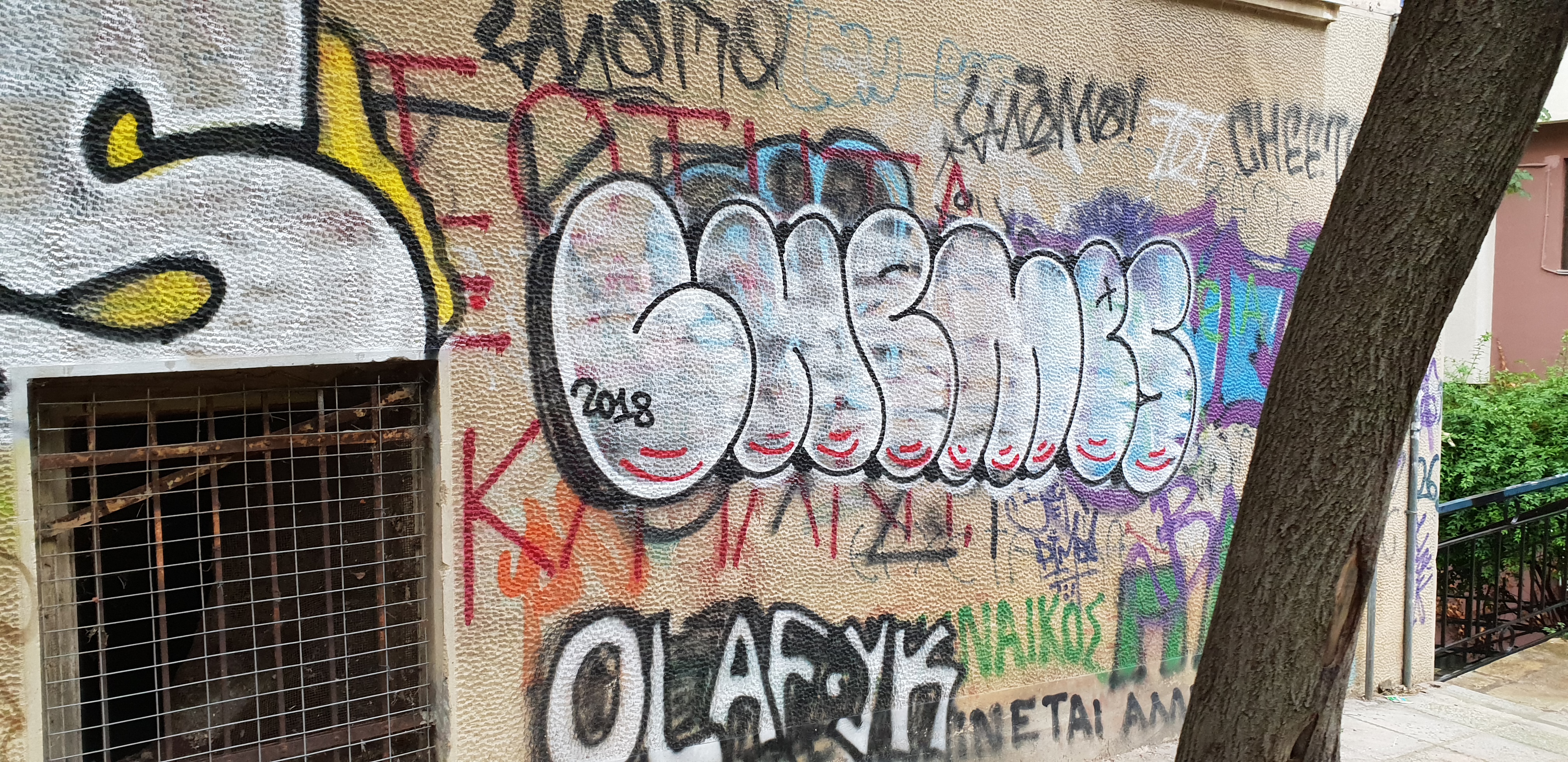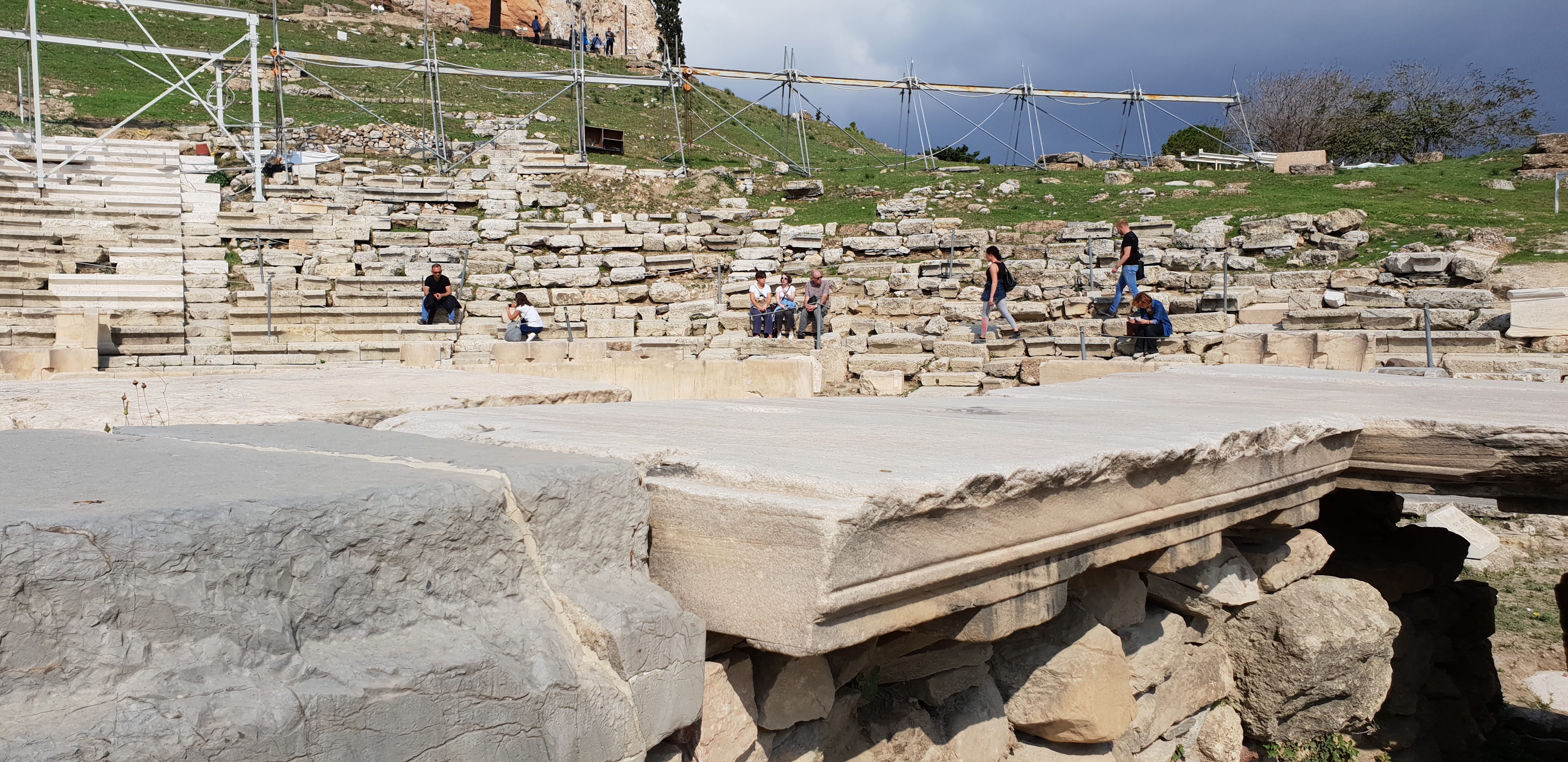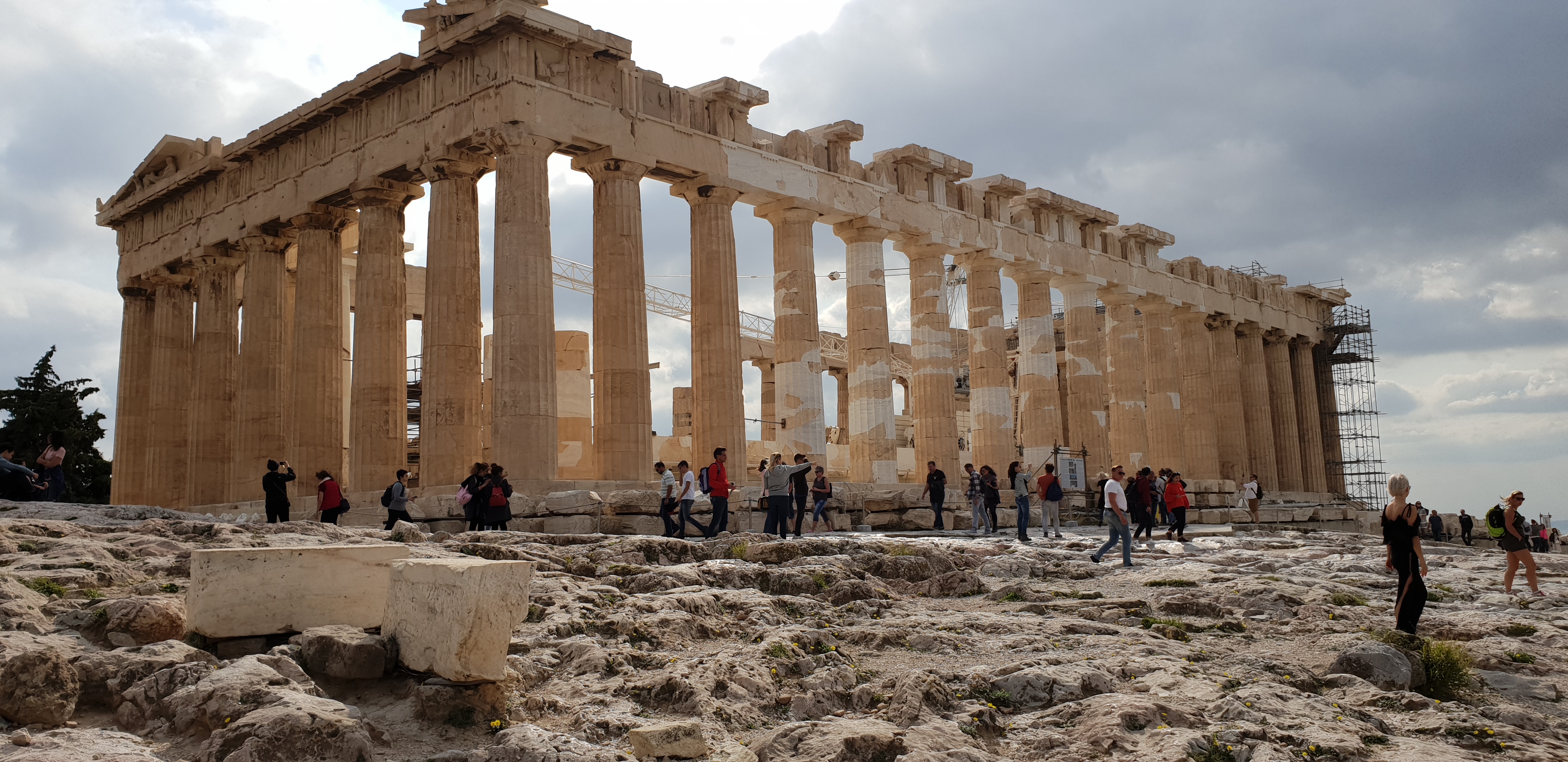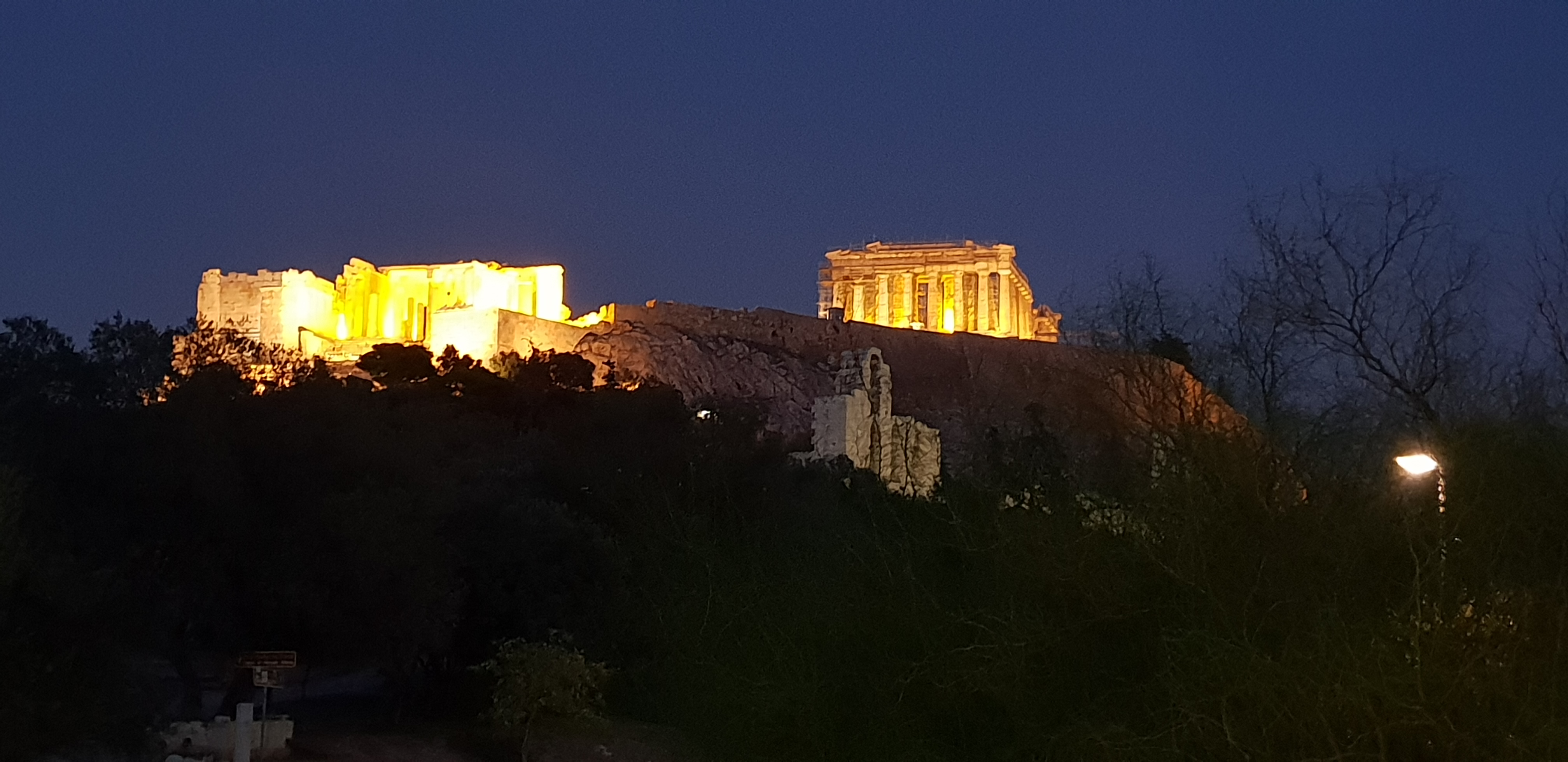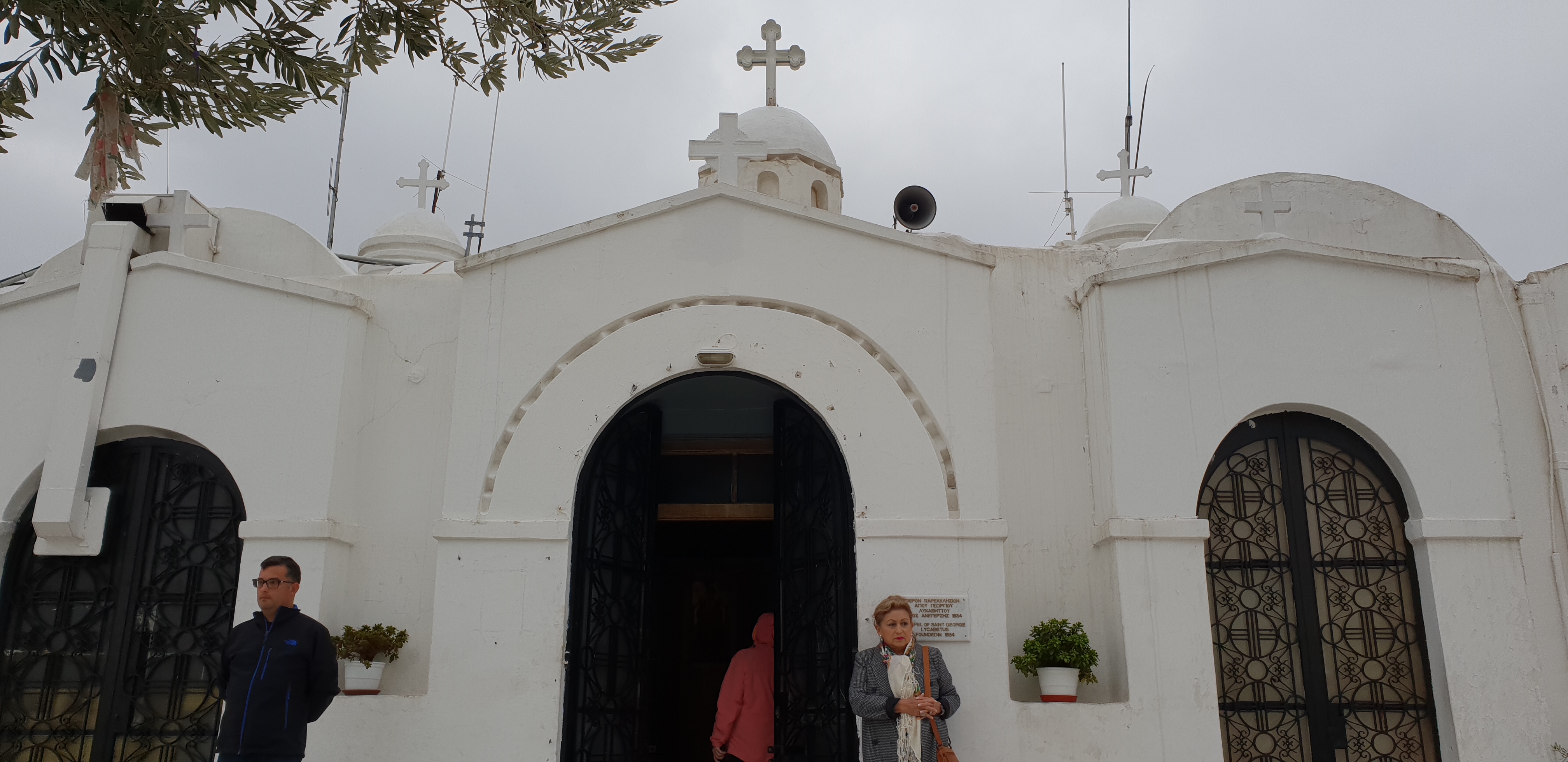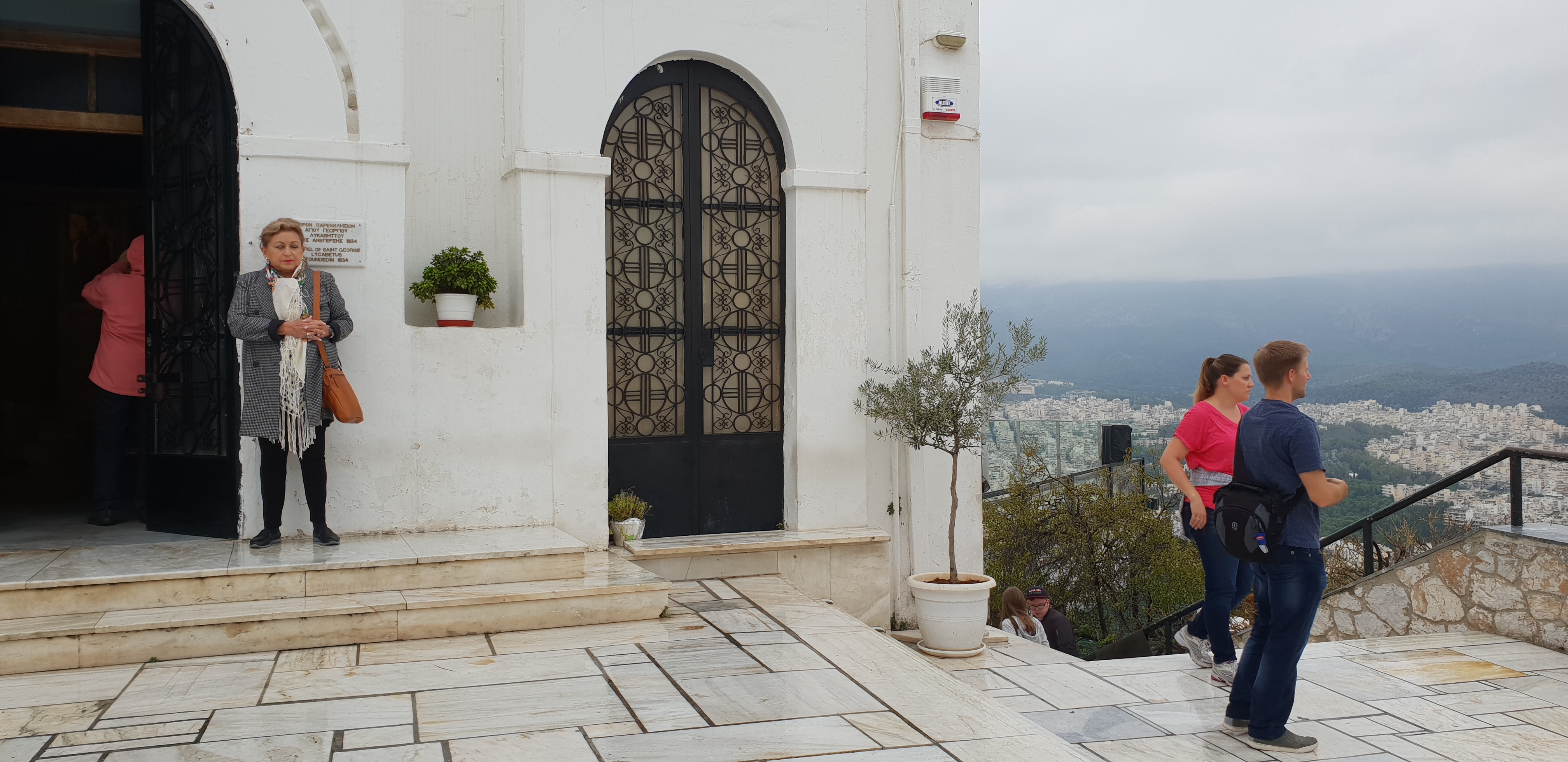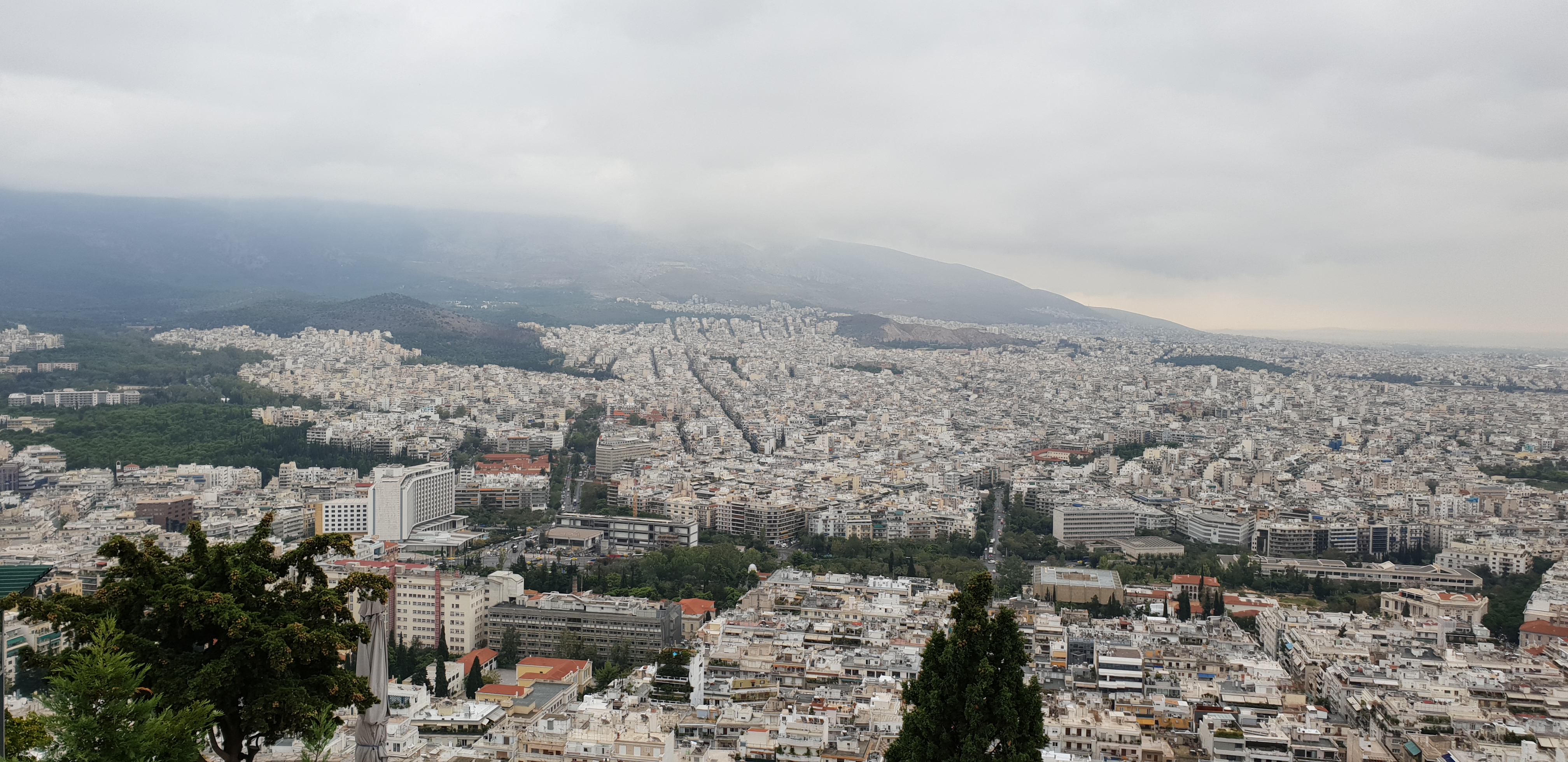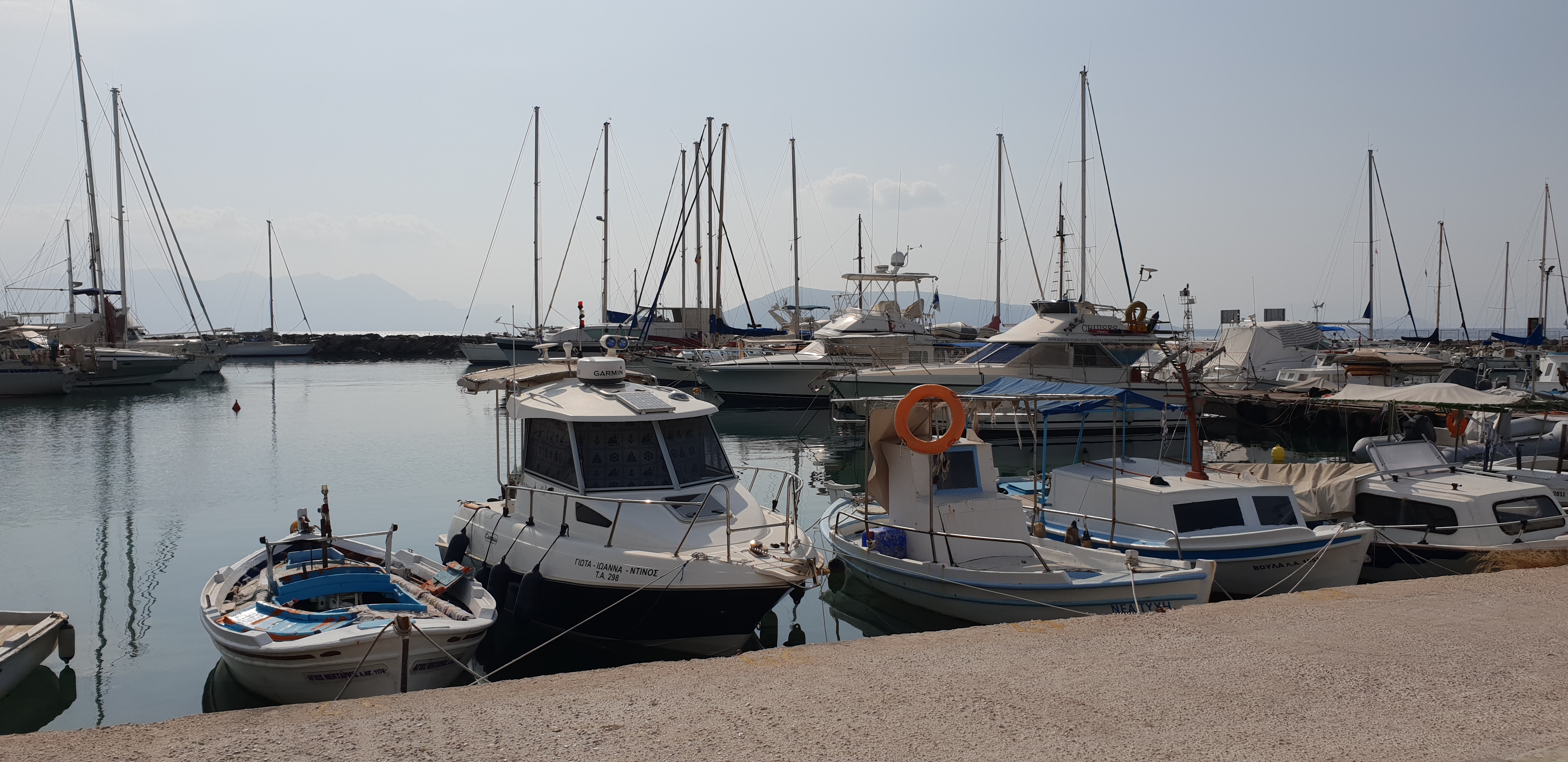The first thing that struck me coming into Athens from the airport was the graffiti. It was everywhere: walls, shop fronts, roller shutters, the sides of buildings, on columns, gates, anywhere you cared to look.
After a few days you stop noticing it and take it for granted because that’s how it is in Athens; but it is still disgusting and inexcusable in a great city of the world, a city that gave us democracy and written laws long before many other places were even discovered.
Then, as you walk around the city for a few days it is difficult not to notice the dirt, the rubbish thrown on the side of streets and on footpaths, the open wheelie bins, the detritus from a residential dwelling of some description, stuff like dirty mattresses, bits of furniture.
The physical structure of the city is in bad shape too, nowhere more than the footpaths.
Try walking around the city using the footpaths and imagine you are not in the full of your health or you are an older person or visually challenged. It would be an impossible task, quite frankly, and evern for those of us in the whole of our health the physical state of the footpaths with crumbling kerbs, random holes and channels, and insurmountable obstacles would frighten the life out of you because one lapse in concentration and you are almost certainly going to fall or sprain (or worse) an ankle or leg or arm.
Coming in from the airport our taxi driver spoke about the Greek ‘free spirit’, a mediterranean spirit in common with Italians.
After a few days, however, you begin to wonder about the value of this ‘free spirit’ when you see as much as 50% of a large motorcycle population riding around on motorcycles without helmets, apparently secure in the knowledge that the likelihood of being taken to task by the police was infinitesimally small.
This ‘free spirit’ and a cultural aversion to taxation appears to have left the city underfunded when it comes to resources for policing, looking after the homeless, repairing and maintaining essential infrastructure, and a basic organisation of its affairs for the benefit of its people and visitors.
Bear in mind that the population of the region of Attica, in which Athens is located, is approximately 4 million and 95% of this population lives in Athens; surely it’s possible, if the will exists, to raise sufficient taxation from this population to improve Athens and sort out its obvious problems to restore it to its rightful place as a leading city of the world.
Things to do in Athens
The Acropolis and Acropolis Museum
The first place I visited was, naturally, the Acropolis. This is a stunning site and the Parthenon and the new Acropolis museum just across the road from the Acropolis is well worth a visit.
The Monastiraki Flea Market
The Monastiraki Flea Market is replete with stalls and shops selling bric a brac, leather goods, olive oil, soap, antiques although it can get quite crowded and busy.
Changing of the Guard
The Changing of the Guard takes place at 11 am on Sunday at the Presidential Palace in front of Syntagma Square. The ceremony draws large crowds but is worth seeing as the Evezone’s guard the Presidential mansion and they wear unusual uniforms which have a historical significance going back to the War of Independence cence against eh Ottomans in 1821.
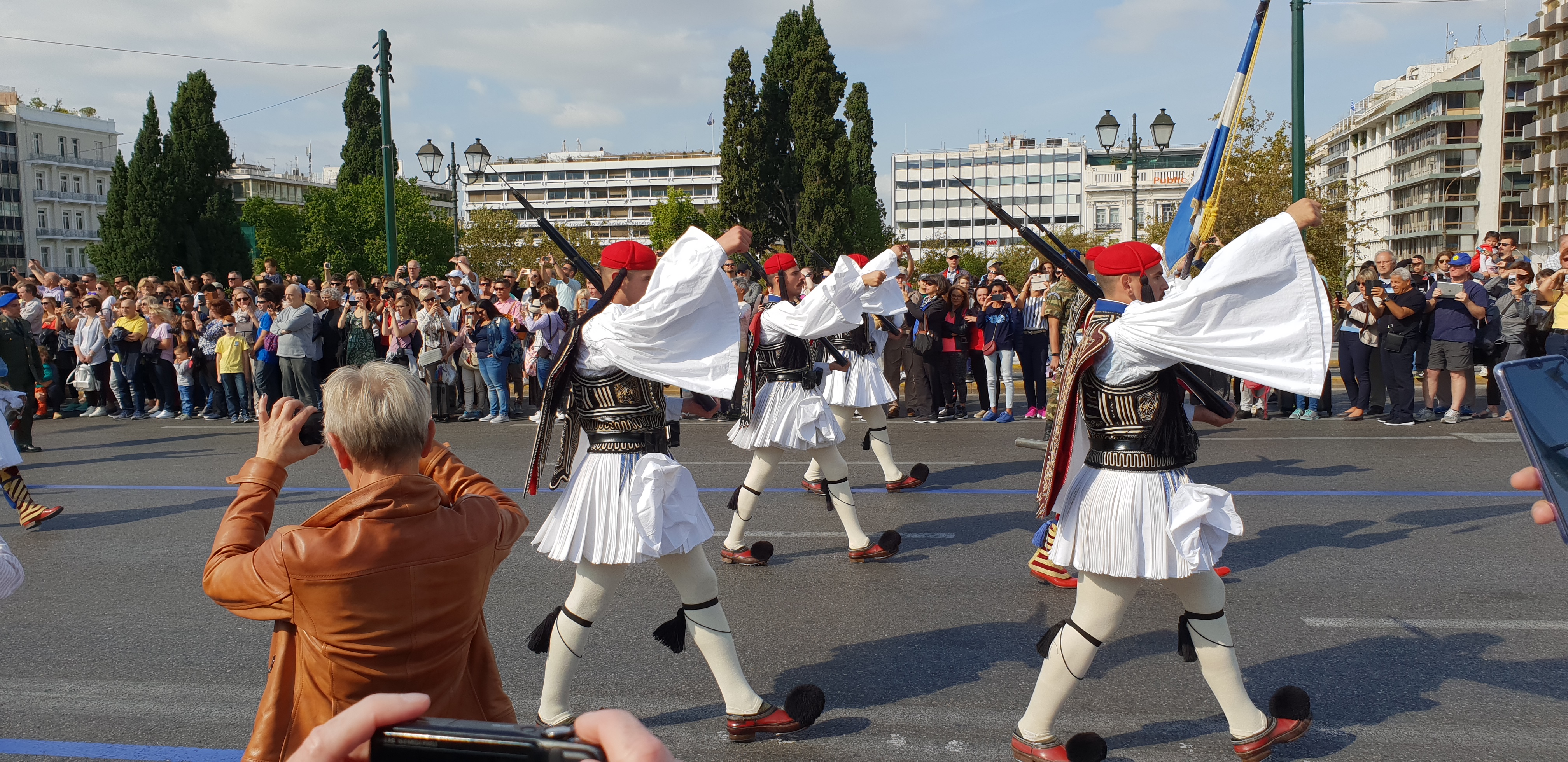
Mount Lycabettus
Mount Lycabettus gives you stunning views over the city of Athens as it is the highest point in Athens. You can walk up or take a cable car up Lycabettus hill and there is a little chapel of St. George at the top of the hill dating back to the 19th century. The top of this hill is 300 metres above sea level and you will be happy to know there is a restaurant and cafe at the top.
Piraeus Port
The metro system in Athens is cheap and efficient and a trip south of Athens to Piraeus Port is only 10 or 20 minutes by metro. From Piraeus you can get a ferry out to one or a group of the islands in the Aegean sea.
I went out to Aegina by ferry and it was well worth the trip. Aegina is a beautiful island with a large number of coffee shops, restaurants, ice cream parlours, restaurants, narrow streets and some beautiful guided walks around the island.
Apparently Aegina was the capital of Greece back in the 1800s and the marina is packed with pleasure and fishing boats bobbing in the water side by side.
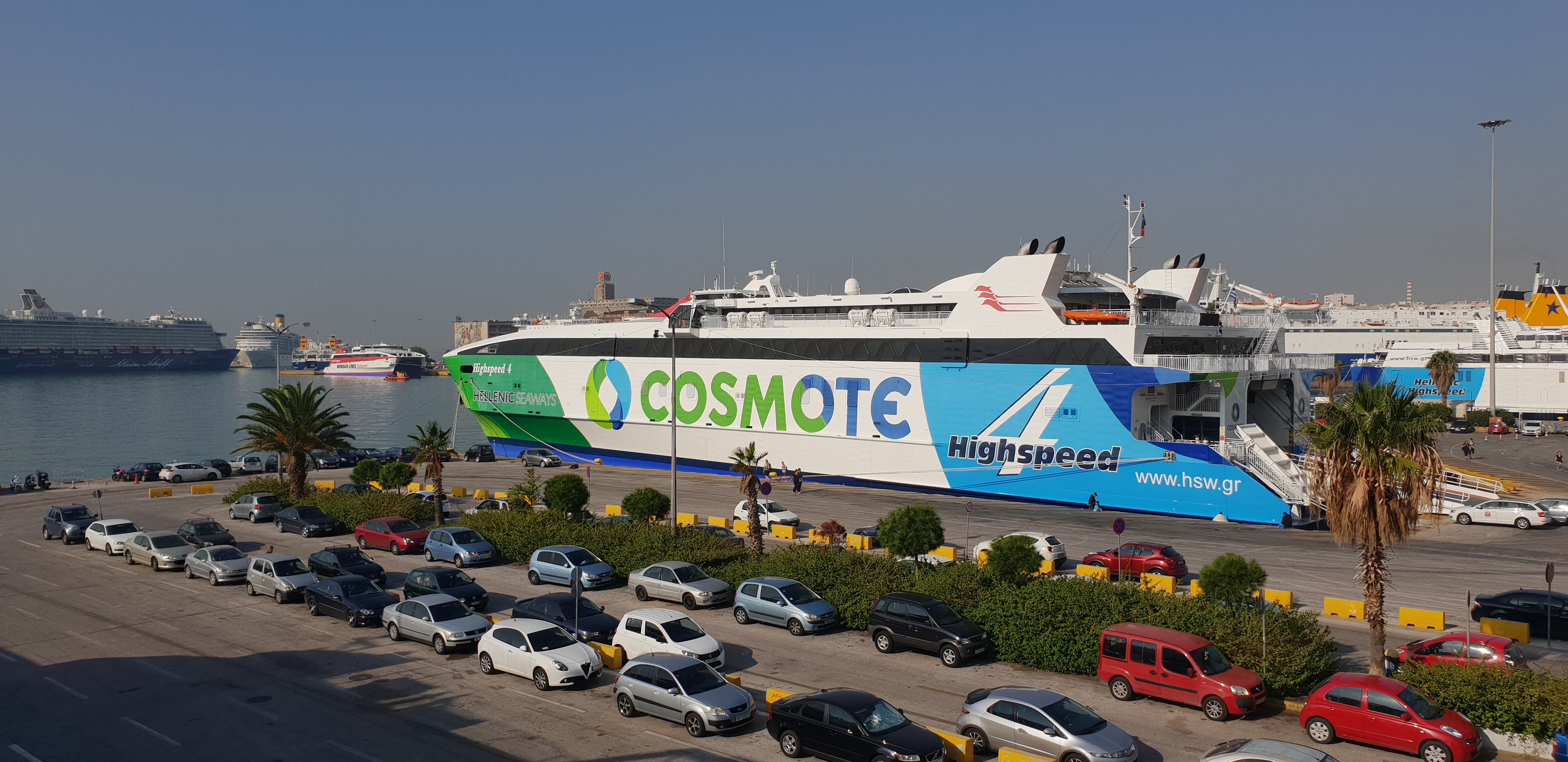
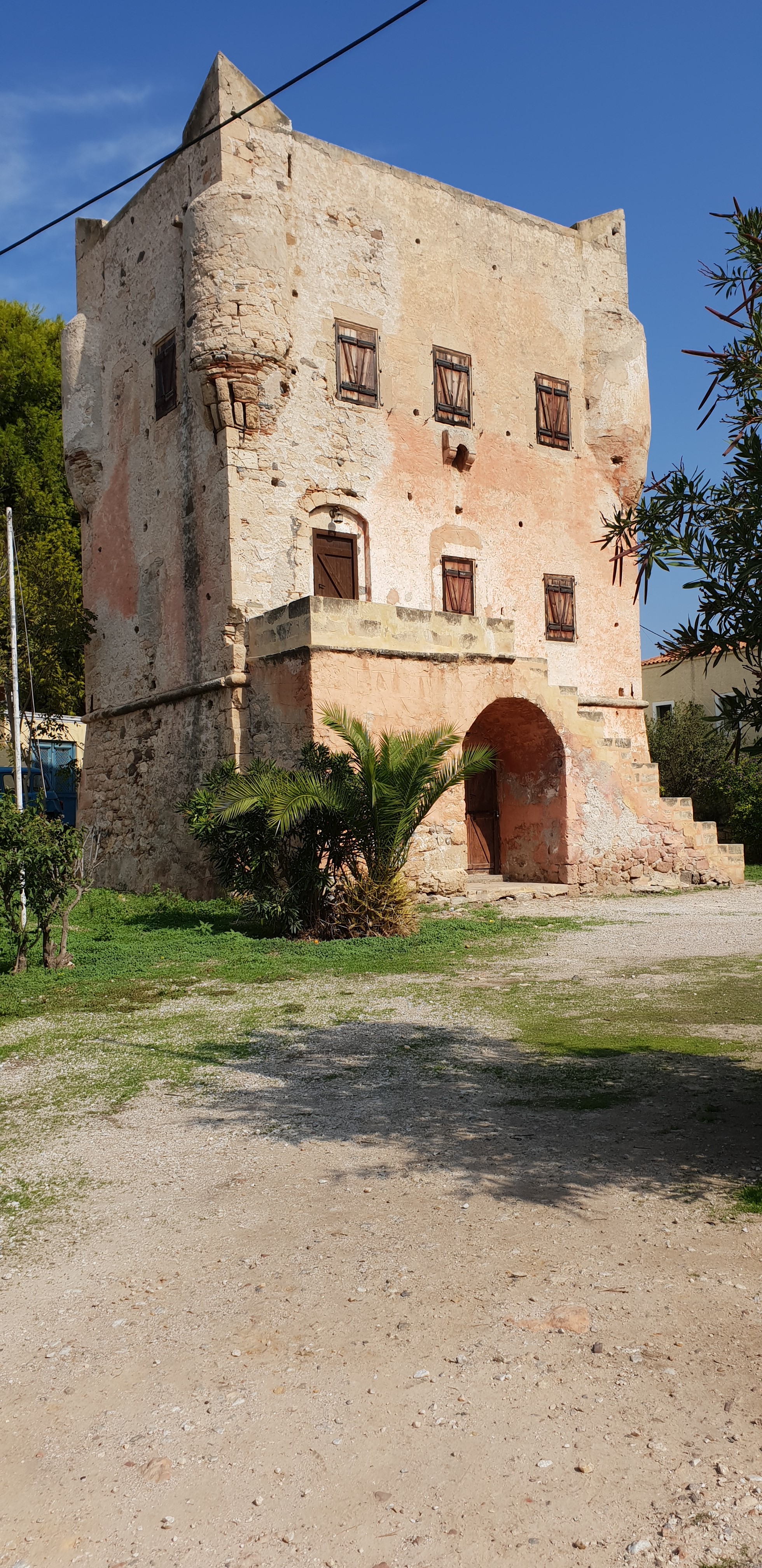
Plaka and Edem Beach
I also travelled out to Edem beach which forms part of the Athens “Riviera”, a stretch of coast south of Athens.
Plaka is a must see too as it is a historical neighbourhood nestling close to the Acropolis and its many narrow streets stuffed with small shops and restaurants will allow you while away an hour or two just strolling around and taking in the sights and sounds and smells.
There is also a great deal of restaurants in Plaka which give you great choice in eating outdoors, always a great novelty when you come from Ireland.
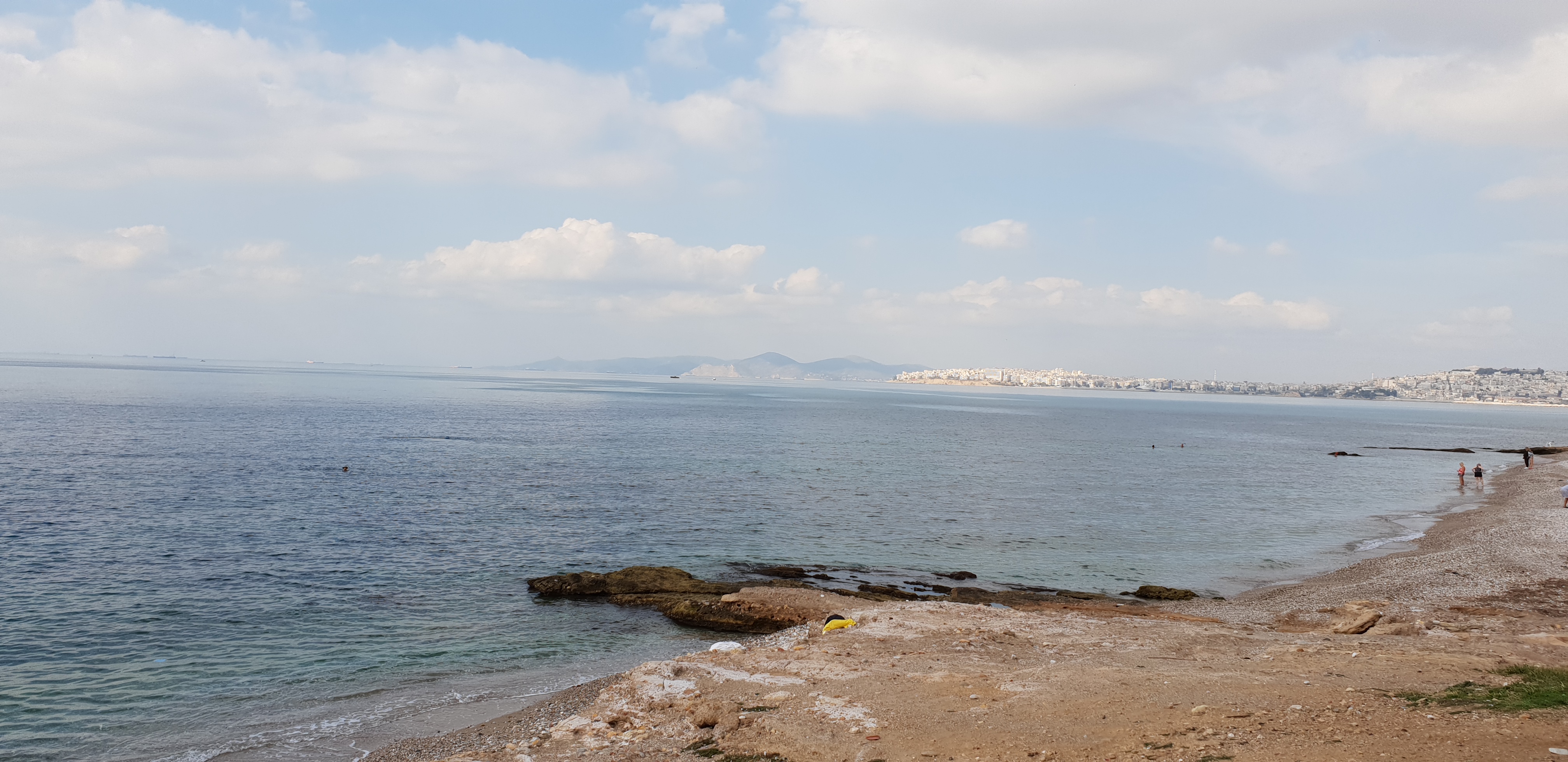
Hotel Grande Bretagne
This hotel is a genuine 5 star and is located at Syntagma Square, right beside the Presidential Palace. Treat yourself to a coffee or cocktail here, it is a great experience and is genuinely 5 star with fantastic service, wonderful bathrooms, striking atmosphere of 18th or 19th century grandeur.
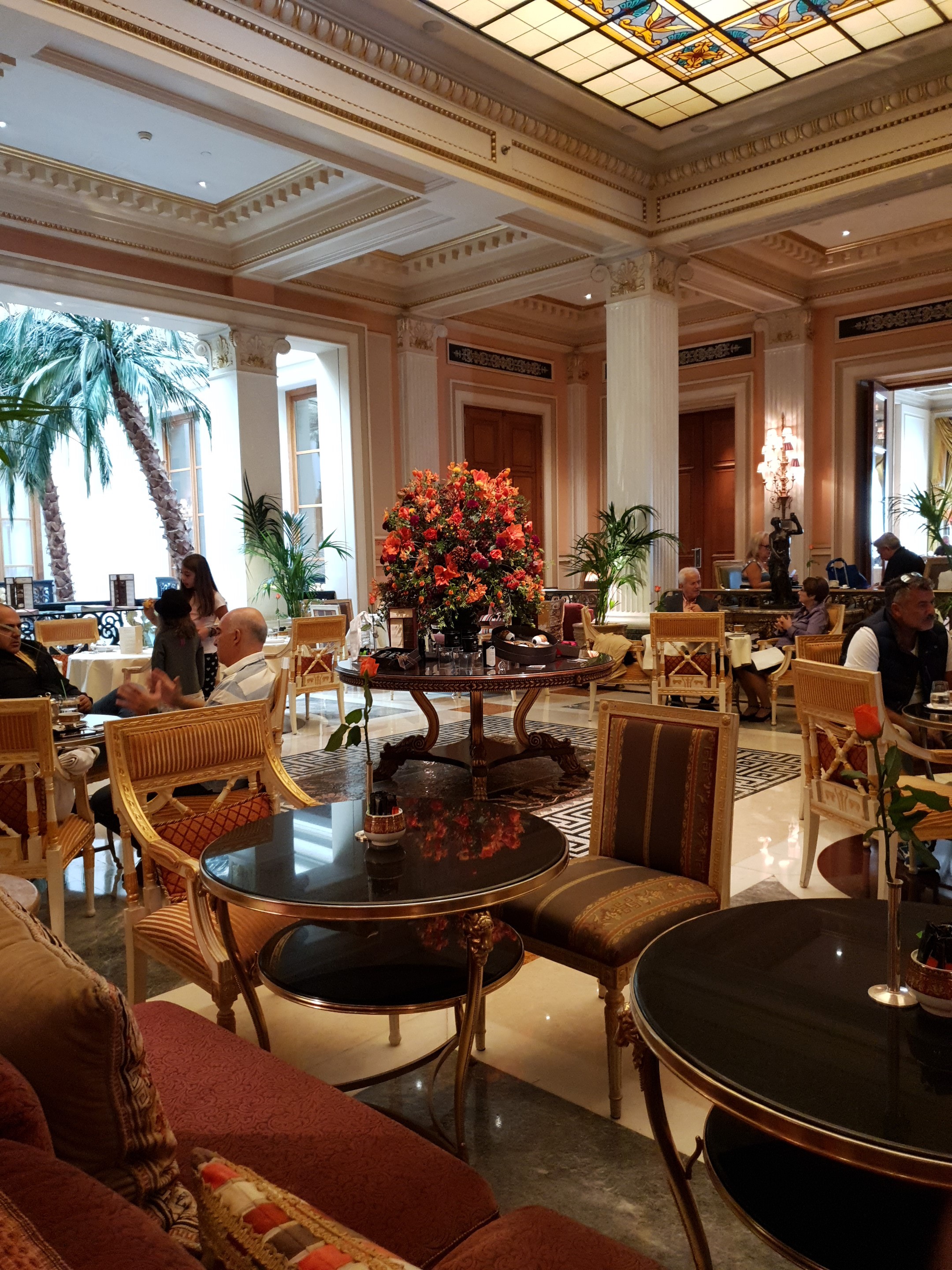
Conclusion
Athens is well worth a visit, even it is only to visit the Acropolis and the New Acropolis Museum, but you may be surprised at some of the physical infrastructure, the graffiti, and, on occasion, the litter and dirt.
